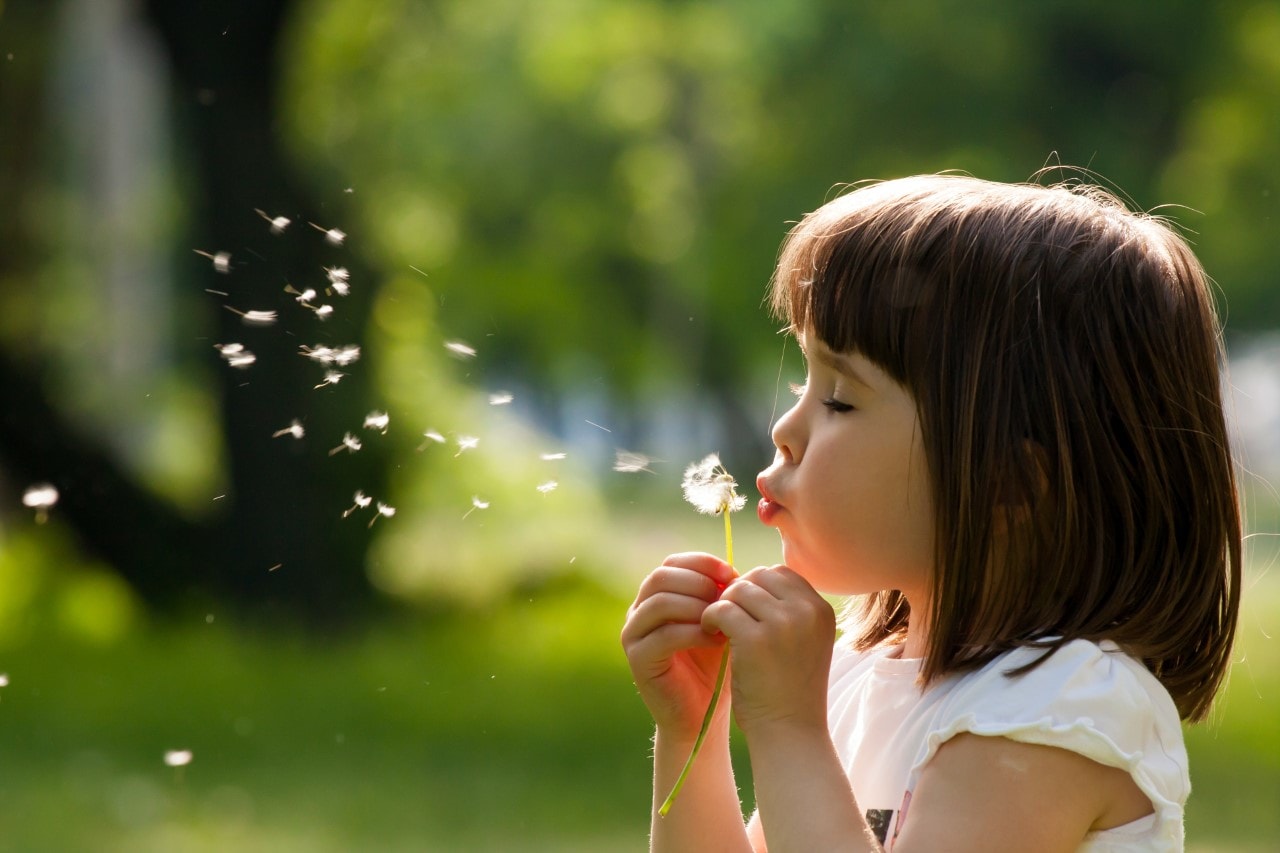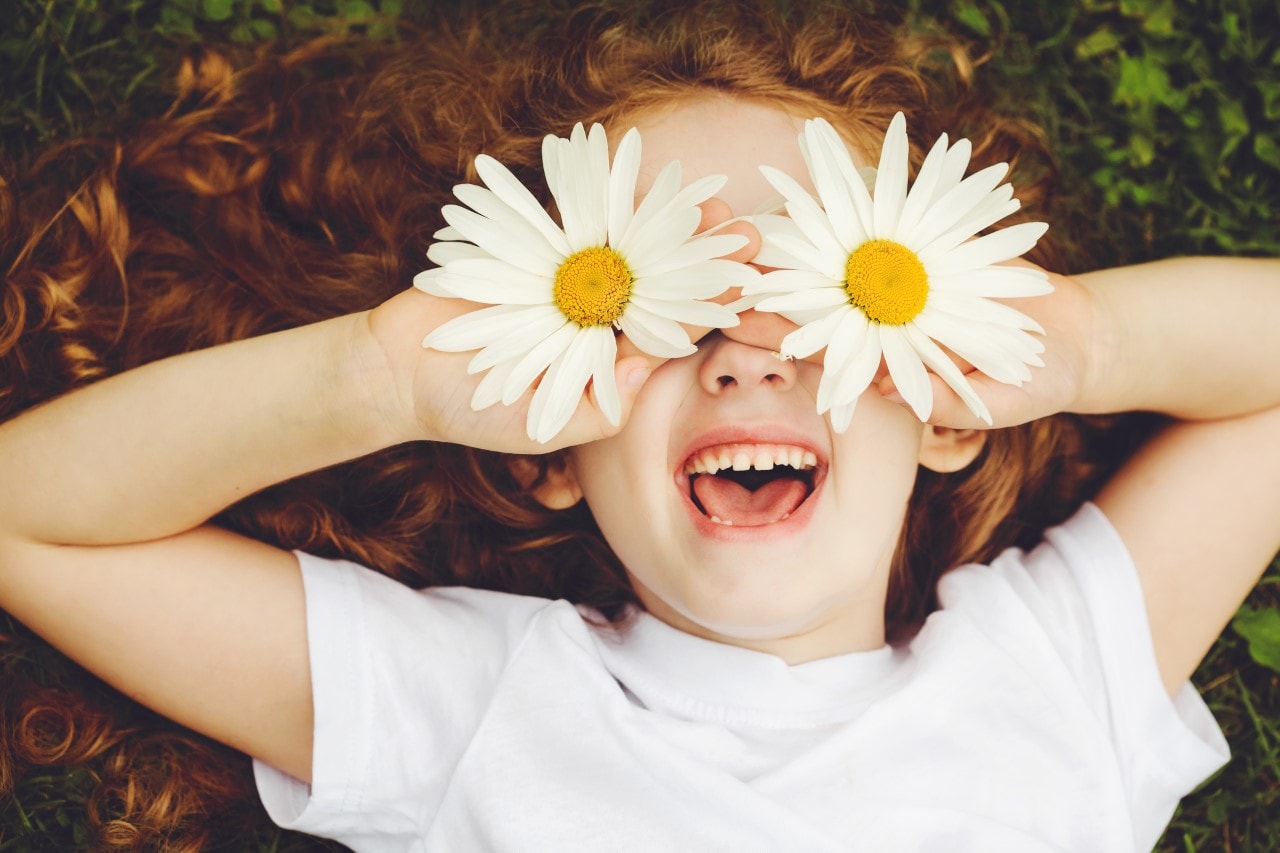What is hay fever?
Hay fever, or seasonal allergic rhinitis as it is known medically, is an allergic reaction to pollen and spores, the microscopic grains that plants, trees, grasses or fungi use for fertilisation.
In spring, plant life comes into bloom and many forms of trees, grasses, fungi and flowers release pollen and spores in order to reproduce. While many plants rely on insects to transfer their pollen, others release their pollen onto the wind. It tends to be this wind-borne pollen that causes problems for people with allergies.

Symptoms can include
- Sneezing, often with a runny or clogged nose
- Coughing
- Itching eyes, nose and throat
- Red and watery eyes
- Dark circles under the eyes
Know your allergy
Try to find out exactly what kind of plants you’re allergic to. The seasons are:
- Tree pollen - late March to mid-May
- Grass - mid-May to July
- Weeds - end of June to September
For flower allergies, each will cause allergies depending on when it blooms.
The most allergenic plants include:
- chrysanthemums
- daisies
- sunflowers

Minimise pollen exposure and reduce allergy symptoms:
- Keep an eye on the pollen count and avoid being outside during peak pollen times (morning and evening)
- Apply a little Vaseline inside the nose to trap pollen and stop it being inhaled
- Wear sunglasses, preferably wraparound glasses which prevent pollen entering the eyes
- Don't mow the grass and avoid working in the garden
- Don't dry clothes outside if possible
Wash your hair, hands and face when you come back indoors and change your clothes to get rid of any pollen.
Manage your symptoms
A number of oral medications, nasal sprays and eye drops to treat hay fever are available over the counter at your local CarePlus Pharmacy. Call in a talk to a member of the team today.
Information from this article has been sourced from the HSE


